Paul Klee was born as the second child of Hans and Ida Klee on 18 December 1879. One year later the family moved to Bern. From 1886 he attended primary school and the Progymnasium in Bern. At an early age he filled school books and notebooks with caricatures, copied from models and drew from nature. He longed for the end of school and for him it was clear that he would become an painter artist.
Paul Klee (1879 to 1940)
BackA painter with a broad spectrum
Paul Klee was born in Bern, Switzerland, in 1879. He grew up in a musically educated family. After studying painting in Munich, where he was taught by Franz von Stuck, among others, he travelled to Rome for one year to study. Until 1906 he lived in Bern, where he worked with reverse glass painting and etchings. During this creative phase influences from William Blake, Francisco de Goya and Heinrich Fuseli can be seen in his works. After marrying the pianist Lily Stumpf in 1906, he familiarized himself with the works of Paul Cezanne and Vincent van Gogh in exhibitions and galleries.
In 1914 he travelled to Tunisia with his art colleagues August Macke and Louis René Moilliet. For Paul Klee, there was now no way around the subject of colour. Klee, inspired by Robert Delaunay's (French painter) theoretical examination of the theme of "light", now turned to colours.
In 1920, Paul Klee was appointed by Walter Gropius as a lecturer at the State Bauhaus in Weimar. As a teacher at the Weimar Bauhaus School, he was responsible for the pre-course lessons; as a master of form, he was also responsible for the bookbinding workshop and glass painting. After giving courses in "Elementary Design of the Surface" and Design for Weaving in 1927, he received his own free painting class in the same year. In 1925, Klee moved with the Bauhaus to Dessau. One year later, he founded the artists' group "Die Blauen Vier" with Wassily Kandinsky, Lyonel Feininger and Alexej von Jawlensky.
In 1928 Paul Klee set off on a journey to Egypt. He believed that his ancestors came from North Africa and, like many other artists of his time, had a fondness for this continent. In the same year, Gropius resigns as director of the Bauhaus, which leads to major differences of opinion within the Bauhaus. In 1931, Paul Klee left Bauhaus and moved to Düsseldorf to continue teaching at the Düsseldorf Art Academy. In 1933, Paul Klee was dismissed from his chair in Düsseldorf under the National Socialist regime on the grounds that he was a "degenerate artist". He emigrates to Bern and lives there until his death. Four years after his emigration abroad, the National Socialists remove 100 of his paintings from German museums. In 1940 Paul Klee died in Muralto in Switzerland.
Paul Klee always wanted to be an artist (1898)
In September Paul Klee took his school-leaving exams and moved to Munich at the age of 19 to study at the private school of Heinrich Knirr and from 1900 under Franz von Stuck. One year later he set off for Rome and studied classical art. In the process he experienced a crisis of artistic meaning.
Abitur and study at H. Knirr's private school (1898)
Klee begins to keep a diary; the first entry is dated April 24. In September he graduates from the Municipal Literary School with the Abitur. Just one month later, on October 13, he moves into an apartment in Munich to study in Heinrich Knirr's private drawing school, and from autumn 1900 also at the Academy with Franz von Stuck.
Klee is getting engaged to Lily Stump (1902)
Paul Klee became engaged to Lily Stumpf, a pianist whom he had met in 1899. In April 1906 they married and moved to Munich. Already in 1907, the only child of Lily and Paul Klee was born, their son Felix Paul. In 1909 the son fell seriously ill and Paul Klee took over the care. 1911 a first exhibitions of his works followed and he began a handwritten catalogue of all his works, which he continued until shortly before his death. He meets Wassily Kandinsky, a famous painter. In 1914 he travelled to Tunisia with some artist friends and finishes watercolours.
World war years (1914)
The First World War broke out. Some of his painter friends have already died as soldiers and he was drafted into the German army in 1916. He was transferred to the Luftwaffe in 1917 where he performed an administrative task and was discharged from the army in 1919. During the war he began to write his biography and had successful exhibitions of his works.
Academic Position at the Bauhaus (1920)
Paul Klee held his largest exhibition to date with 362 of his works. The following year his book "Kauruan, A History of Klee the Painter" was published. In 1921, he took over an academic teaching position at the Bauhaus. Further very successful exhibitions followed in the next years in Berlin, Düsseldorf, Paris. 1929 Paul Klee was at the height of his career and became one of the most famous artists in Germany. The Museum of Modern Art in New York organized a major exhibition to mark his 50th birthday.
Nazis declare Paul Klee's art as "Entartete Kunst" (1933)
The National Socialists seized power and a house search took place. He was dismissed as professor at the Düsseldorf Academy. The family emigrated back to Switzerland where they lived in their parents' house in Bern. The next year a work was published by the Potsdam publishing house, which included his hand drawings from 1921-1930. The Nazis confiscated the publication the following year.
1935: Paul Klee fell ill with pneumonia, got the measles and became bedridden. He could only paint 25 works. In Germany Paul Klee's work is classified as "Degenerated Art" and 102 of his works were confiscated by the Nazis and sold abroad. 17 of his works were shown by the Nazis in a travelling exhibition in various places until 1941. The artist applied for Swiss citizenship in 1939. With 1253 registered works, this year was his most productive.
Embedded Videos
Paul Klee The Silence of the Angel
Who Was Paul Klee?
CH paul klee 9+ Avatar image 20:46 / 28:08 #LearnFromMasters #GermanPainter #Expressionism Paul Klee: A collection of 277 works (HD)
Paul Klee Art Documentary. Episode 13 Artists of the 20th Century
App Trailer: ExplorArt Klee - The Art of Paul Klee, for Kids (English)
Know the Artist: PAUL KLEE
Comments & Conclusions
Paul Klee master of many styles
The painting style of Paul Klee cannot be assigned to one art movement. He was associated with Constructivism and Bauhaus. There are few figurative elements in his paintings and many pictures are small-formatted.
He went through several phases in his creative work. Klee had previously rejected the use of color in his paintings, only to change from gray and white to brightly colored. He wrote in his diary: "Color has me. I do not need to rush after it. It has me forever, I know that. That is the happy hour's meaning: I and the color are one. I am a painter."
Paul Klee wants to paint pictures throughout his life that are self-explanatory, communicating through color, forms and lines. "I want to make reality visible through painting." These were Klee's visions. Ahead of his time, he was devalued by his critics because of his statements about his own works and was accused of "childish painting".
Paul Klee leaves the viewer less room for interpretation than other artists of his time, because he gives each of his paintings a unique name. The painter has outlasted his time and is still very well known today.
Simultaneous events, periods or persons of Paul Klee
| Persons/Events/Periods | Subcategory | From | To | Reason of importance |
|---|
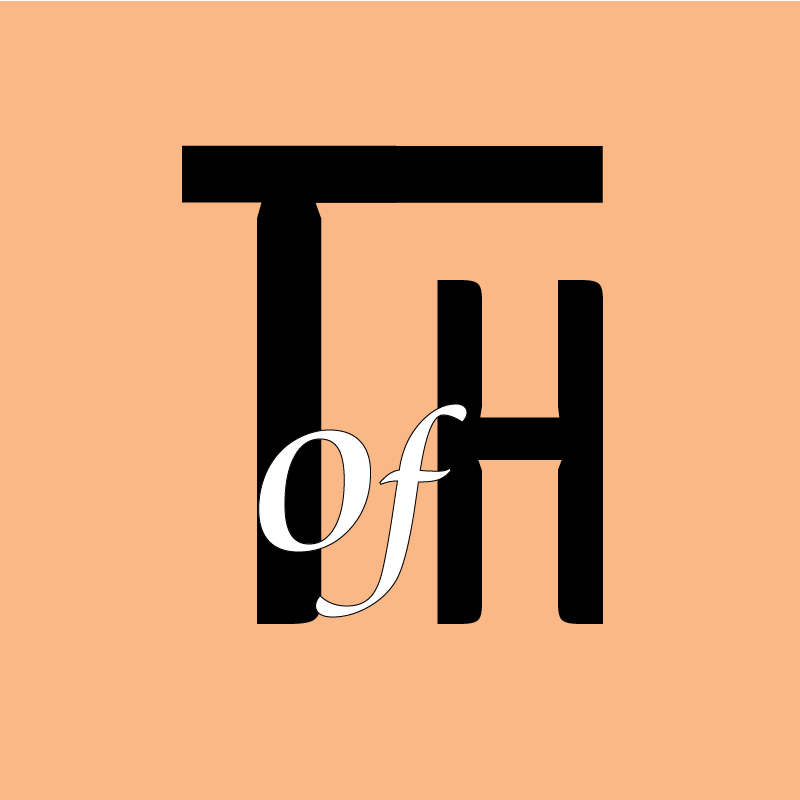
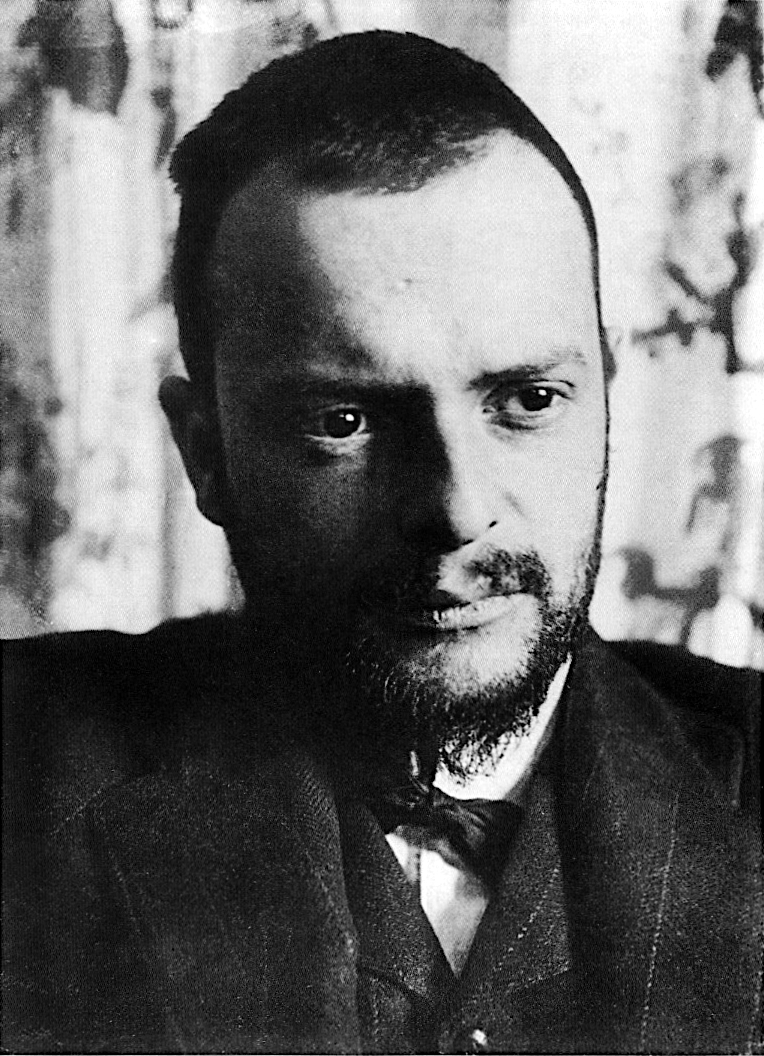

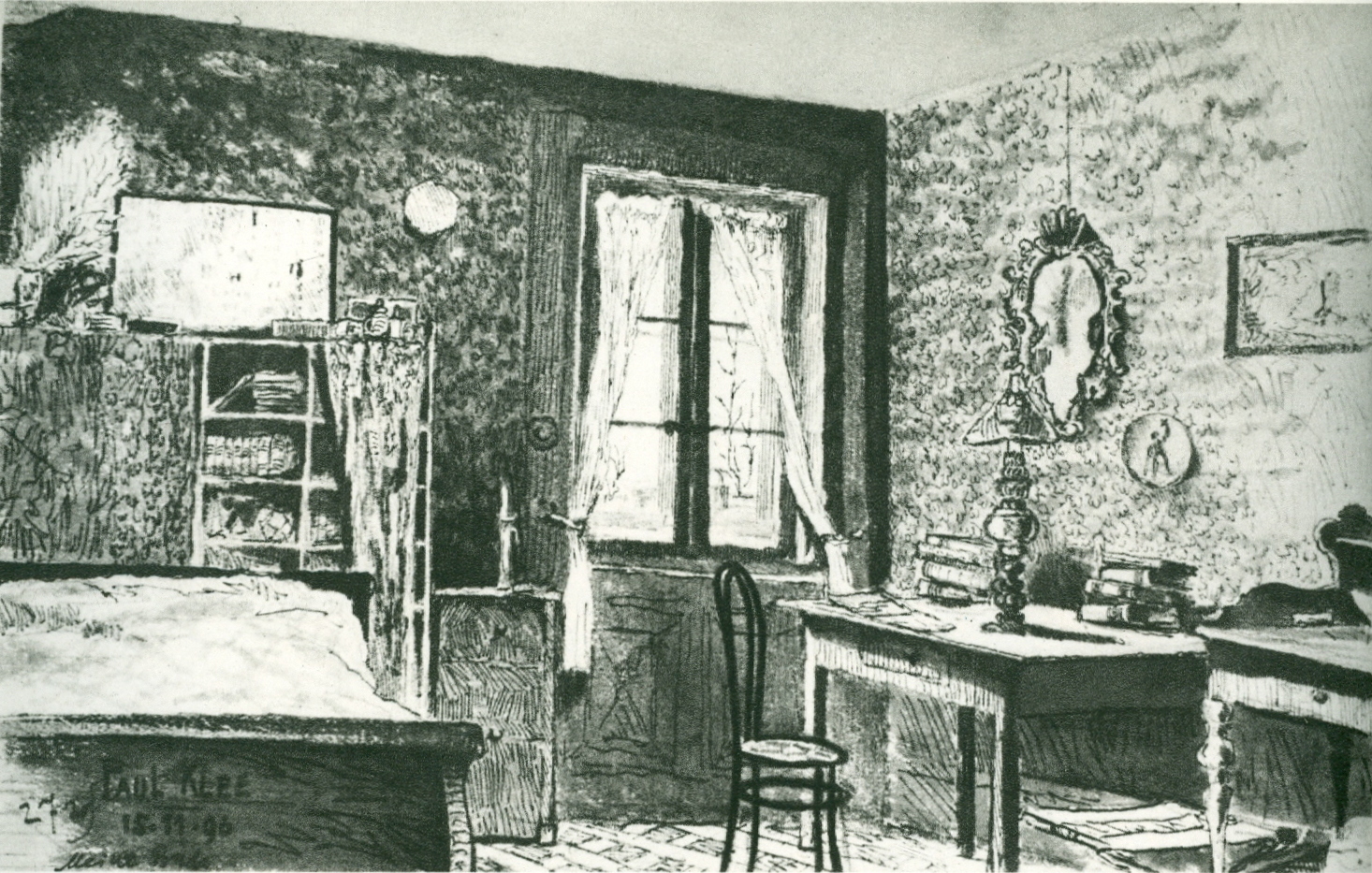
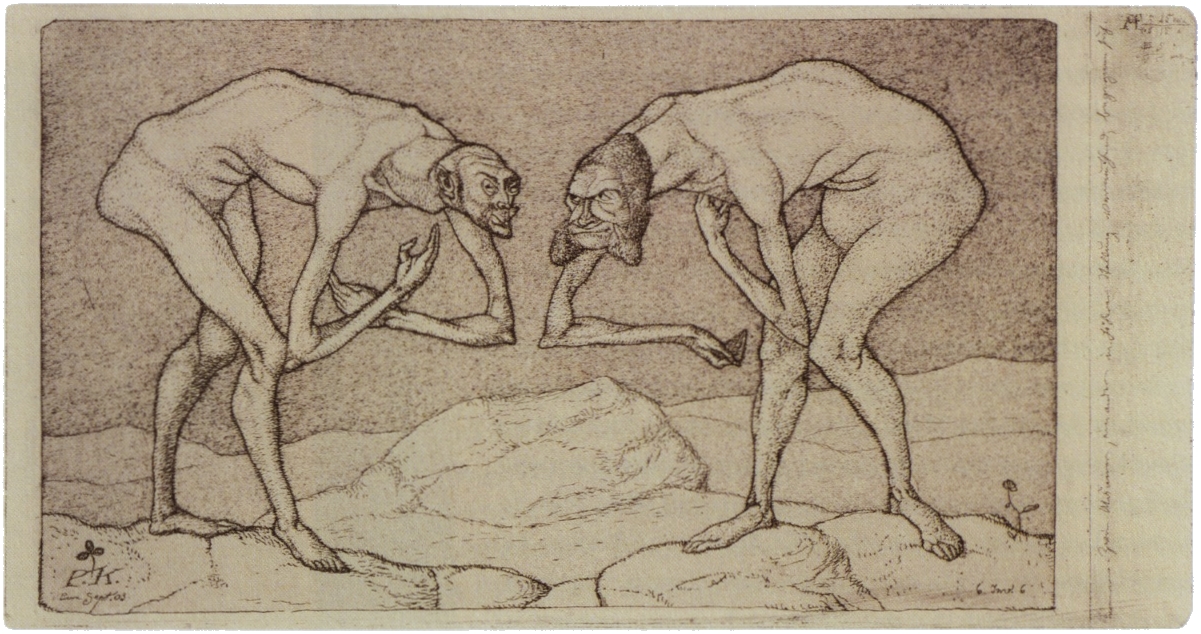
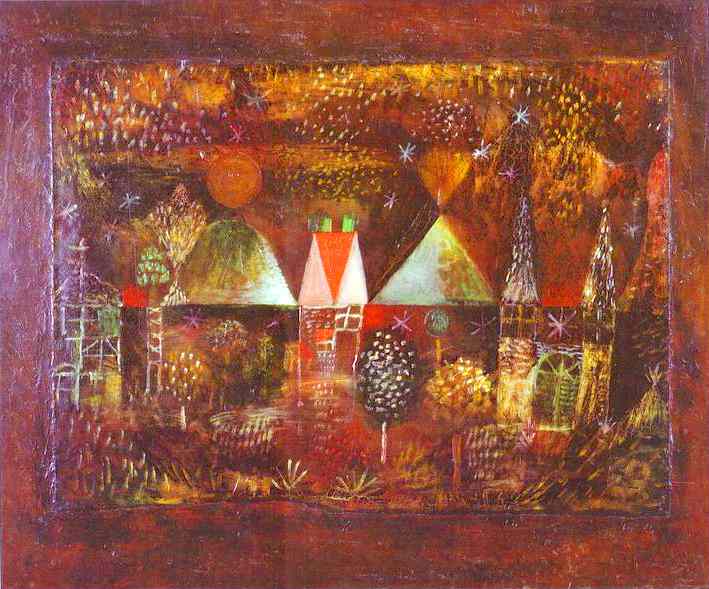
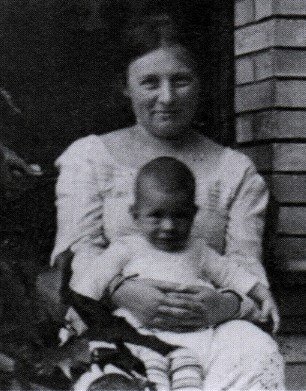
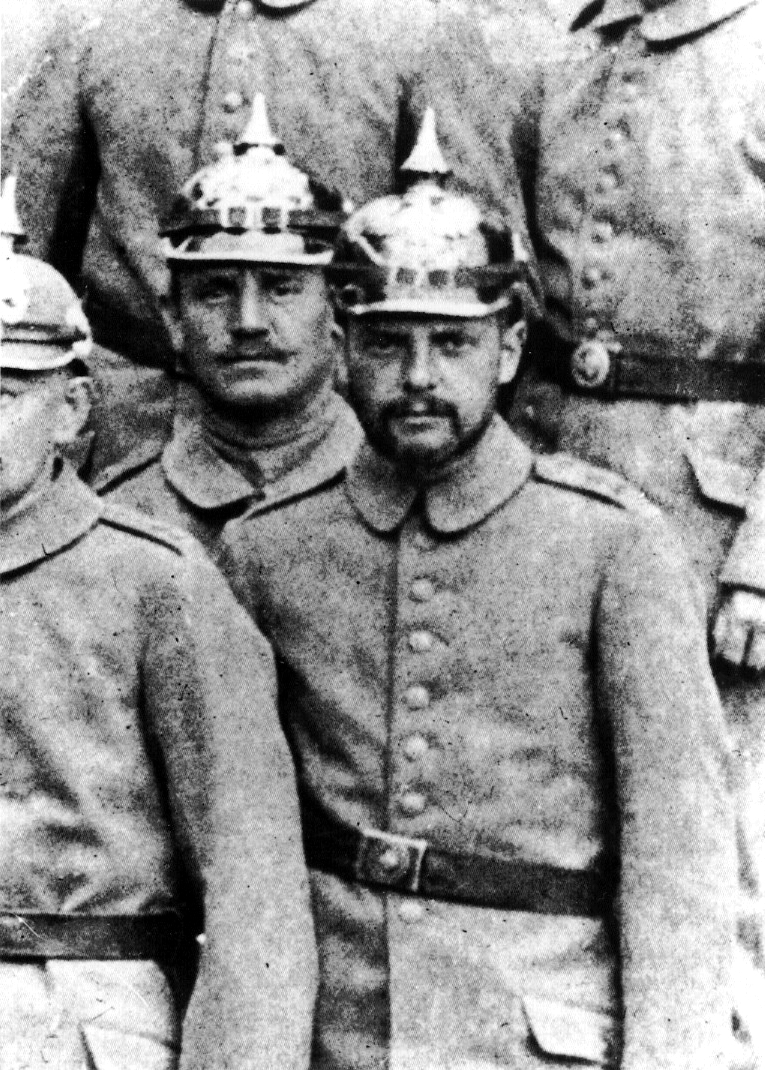
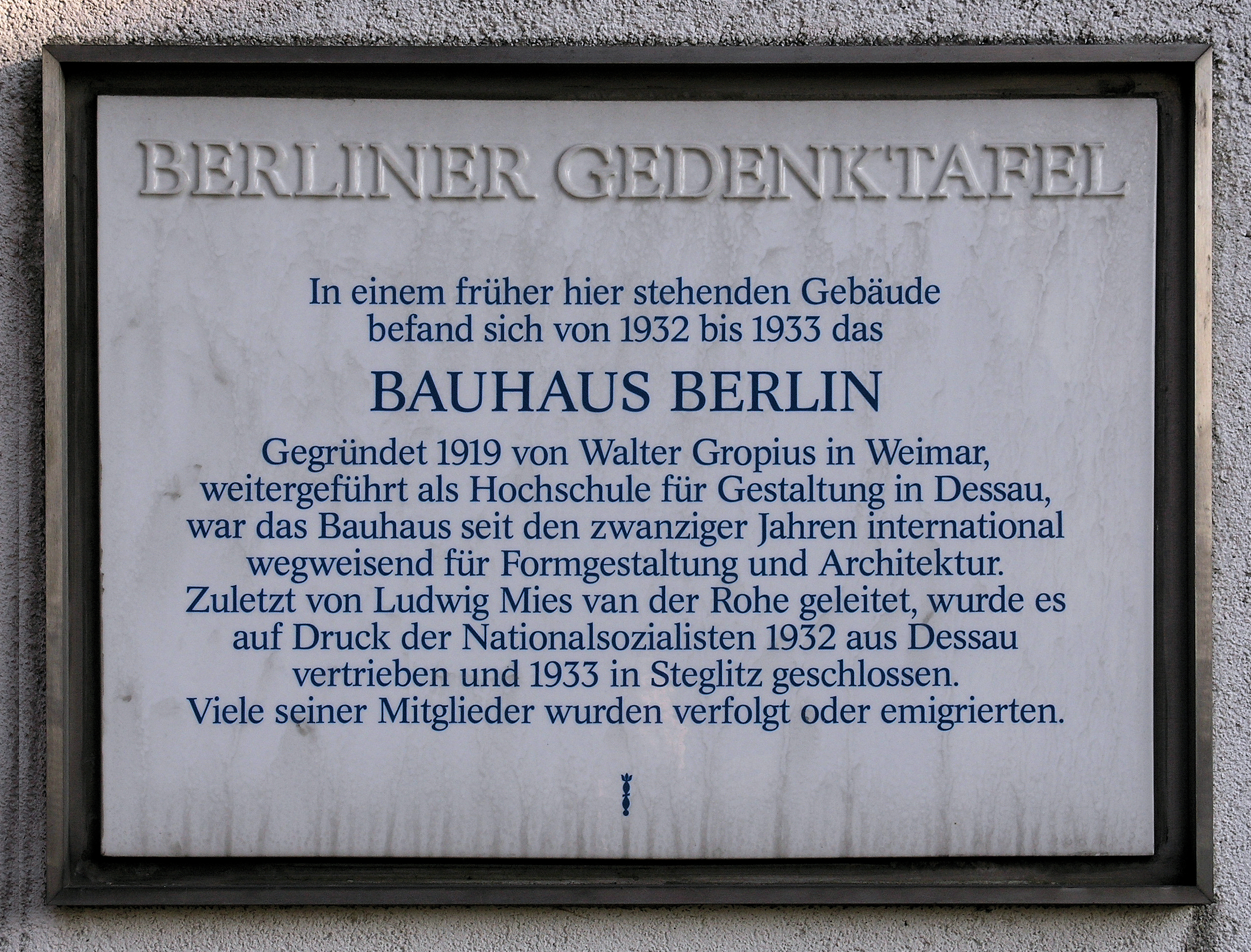
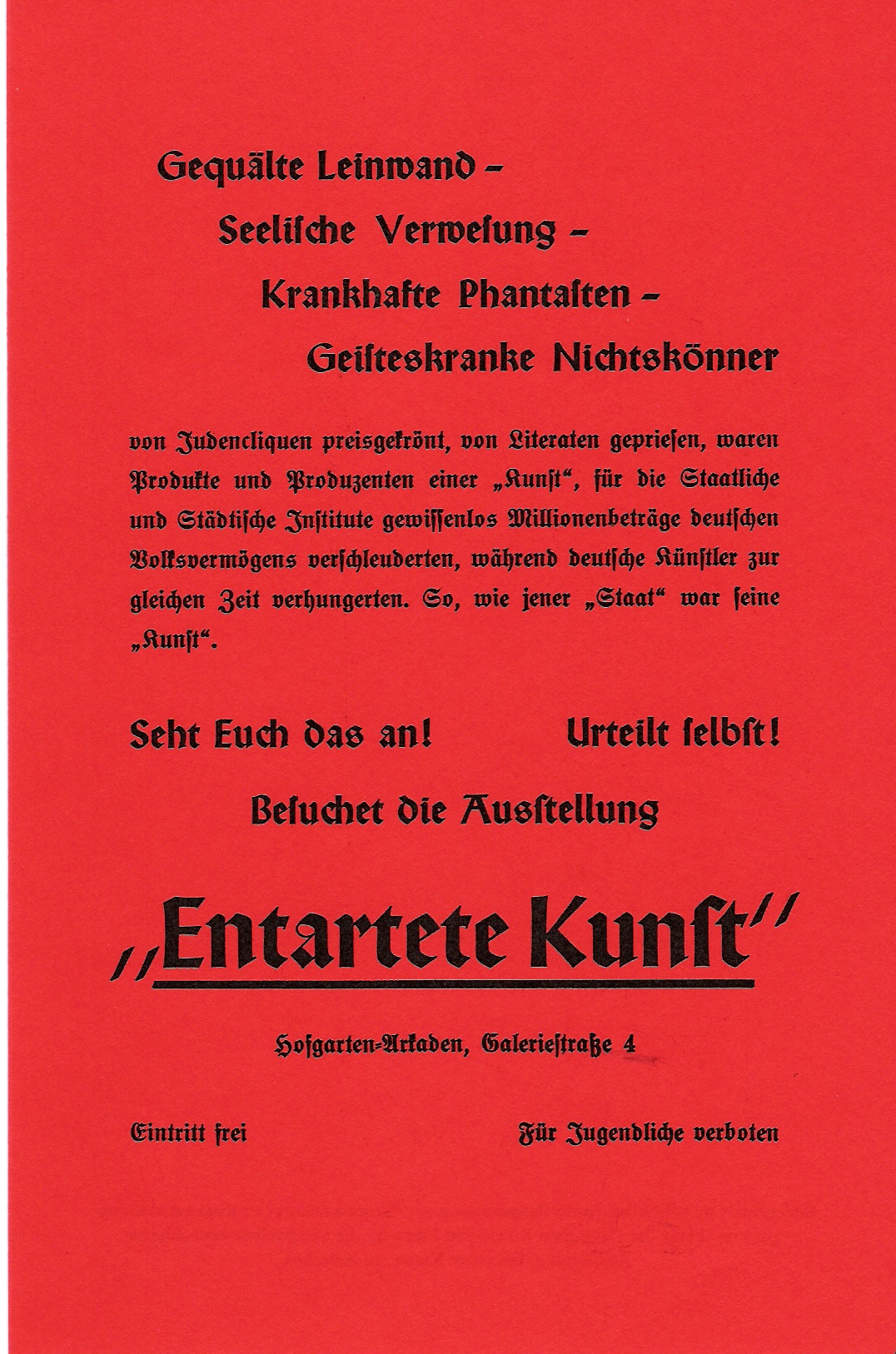
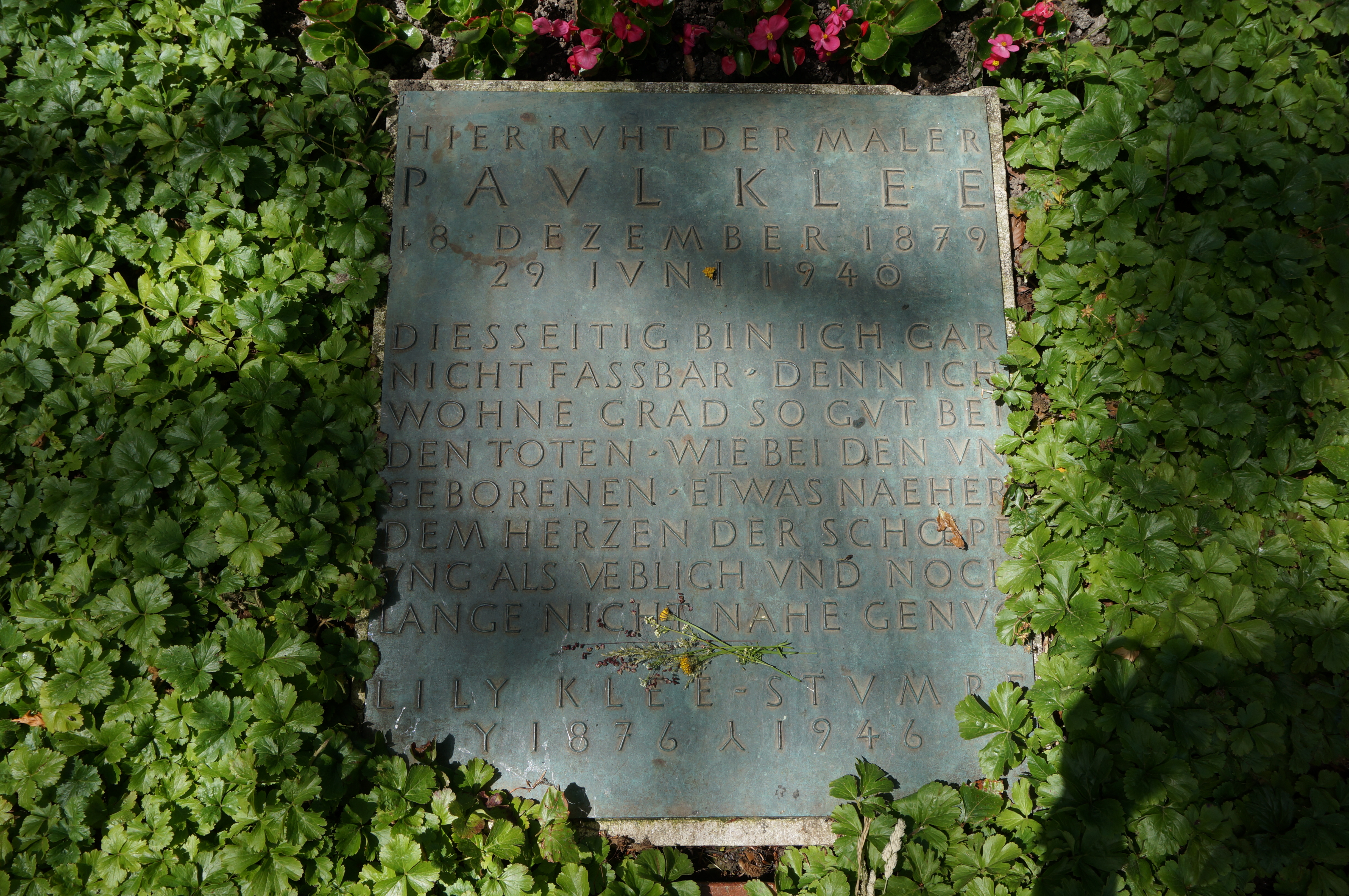

Comments
Links